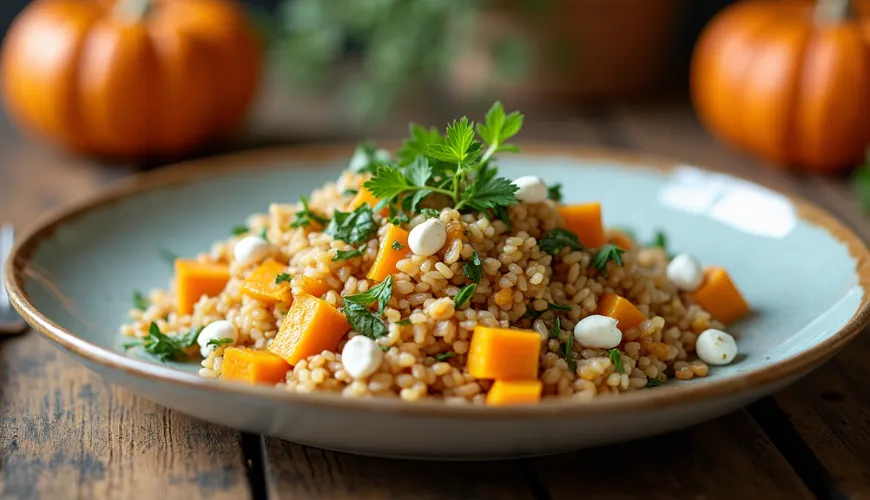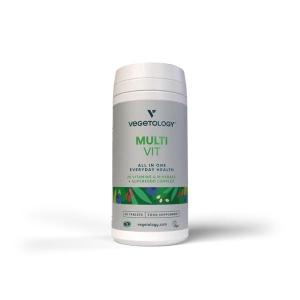
Discover Wild Rice and Its Amazing Culinary Uses

What is Wild Rice and Why It Deserves a Place in Your Kitchen
In the sea of rice options available today, it can be easy to overlook one of the most intriguing ones—wild rice. Yet, it is gaining more fans due to its nutritional value, distinctive taste, and versatility in the kitchen. Although its name might suggest that it's just an exotic version of classic white rice, the reality is much more interesting.
Wild rice, also known as Zizania, is not botanically true rice. It belongs to a different group of grasses that naturally grow in the aquatic regions of North America, particularly in the Great Lakes area. There, it has been harvested for centuries by indigenous peoples and considered a sacred food—not only because of its exceptional nutritional value but also because of how harmoniously it fits into the natural cycle.
What Makes Wild Rice Special?
At first glance, you can recognize it—long, slender grains of dark to black color that, when cooked, acquire a deep brown hue and an unmistakably nutty aroma. The taste of wild rice is earthy, slightly smoky, and mildly sweet, making it an ideal complement not only to meat dishes but also to vegetarian and vegan recipes.
Besides its taste, wild rice is also notable for its nutritional profile. Unlike white rice, it is naturally gluten-free and richer in proteins, fiber, and minerals, such as magnesium, phosphorus, zinc, or manganese. It contains almost no fat, yet it has a low glycemic index, which means it releases energy gradually—ideal for those who want to maintain stable blood sugar levels or are looking for a more substantial alternative to regular side dishes.
Try our natural products
Nutritional values per 100 grams of cooked wild rice:
- 3.5 g protein
- 0.3 g fat
- 1.8 g fiber
- 21 g carbohydrates
- approx. 100 kcal
Thanks to these properties, wild rice is not just a trend in modern cuisine but a truly functional food that can enrich the diet of anyone looking for a balanced nutrition.
Where to Buy Wild Rice and What to Look Out For When Choosing
Given its growing popularity, it is not difficult to find wild rice even in the Czech Republic today. You will most often find it in health food stores, specialized shops, or on e-shops focused on eco-friendly products—such as Ferwer. When choosing, pay attention to whether it is 100% wild rice or a mix with other types of rice (e.g., brown or red). Mixes are more affordable but do not fully retain the characteristic taste and nutritional value of pure wild rice.
Another important factor is origin. Genuine, hand-harvested wild rice from areas around Lake Superior is often labeled as "Canadian" or "Minnesotan." These varieties tend to be more expensive, but offer authentic quality and support sustainable harvesting. Industrially cultivated wild rice, such as that from California, has different properties—it tends to be lighter, less aromatic, and often less nutritious.
From a practical standpoint, it is beneficial to choose wild rice in organic quality without added preservatives. As it is a water plant, it is prone to absorbing pesticides, so it makes sense to opt for variants certified for organic farming.
Recipes with Wild Rice
One of the greatest advantages of wild rice is its versatility. It is suitable as a base for salads, a side dish to roasted vegetables and meat, in soups, or as part of stuffed vegetable dishes. It pairs excellently with seasonal ingredients—spring with asparagus, summer with corn and tomatoes, fall with pumpkin and nuts.
Here is a simple recipe with wild rice that can serve as a nutritious lunch or dinner:
Warm Wild Rice Salad with Roasted Pumpkin and Herbs
Ingredients:
- 200 g wild rice
- 1 small Hokkaido pumpkin
- 2 tablespoons olive oil
- 1 teaspoon cumin
- a handful of chopped parsley or cilantro
- juice from half a lemon
- salt and pepper to taste
- optionally: feta cheese or roasted pumpkin seeds
Instructions: Rinse the wild rice thoroughly and cook it in a larger amount of water for about 40–45 minutes until tender. Cut the pumpkin into smaller cubes, lightly salt, sprinkle with cumin, and drizzle with oil. Roast at 200°C for about 20–25 minutes until golden brown. Mix the cooked rice with the roasted pumpkin, add chopped herbs, lemon juice, and season to taste. Adding a bit of feta or seeds will provide a nutritionally complete and well-balanced dish.
Wild rice in the kitchen is not just an alternative, but an inspiration. Whether you use it as a base for stuffing, in stuffed peppers, or turn it into a creamy mushroom risotto, it will always bring unexpected depth to the dish.
Traditional and Modern Connections
Interestingly, wild rice played a crucial role in history, not only in the diet but also in the culture of indigenous peoples. They called it "manoomin"—sacred grain. Its manual harvest using canoes and wooden sticks is still practiced today, although now more as a cultural tradition than a primary means of subsistence. This connection to nature and respect for ingredients is something we could remind ourselves of more often in modern cuisine.
In today's world, where more and more people are turning to sustainable food sources, wild rice has its rightful place. Compared to monocultural production of wheat or rice, it offers a model where cultivation does not have to destroy the environment but can instead support it. For example, in some areas of Canada, wetlands with wild rice are natural habitats for dozens of species of birds and aquatic animals.
A Story from My Own Kitchen
One of the blog's readers recently wrote to us about how she discovered wild rice during a trip to Scandinavia, where it was served with fish along with a creamy sauce and cranberries. After returning home, she tried to recreate this dish—and found that cooking wild rice is no more difficult than preparing pasta. Since then, she has used it regularly, even as a base for a homemade "buddha bowl" with avocado and sprouts.
As she herself wrote: "I didn't expect something as simple as rice to change my entire lunch perspective."
And perhaps that's the power of wild rice—in its subtlety that surprises. In taste that stands out but also easily blends with various ingredients. In the story that connects us with nature and its rhythms.
So if you're considering how to diversify your diet while supporting sustainable agriculture, wild rice is an excellent choice. Its taste, nutritional properties, and cultural significance make it much more than just another side dish on the plate—it's a little return to nature.




